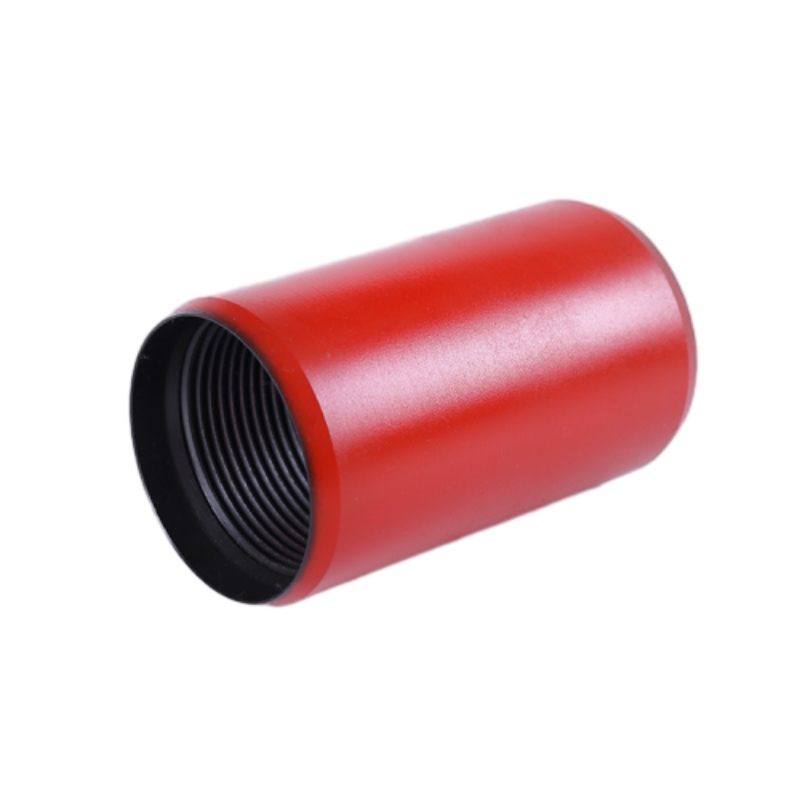- Afrikaans
- Albanian
- Amharic
- Arabic
- Armenian
- Azerbaijani
- Basque
- Belarusian
- Bengali
- Bosnian
- Bulgarian
- Catalan
- Cebuano
- Corsican
- Croatian
- Czech
- Danish
- Dutch
- English
- Esperanto
- Estonian
- Finnish
- French
- Frisian
- Galician
- Georgian
- German
- Greek
- Gujarati
- Haitian Creole
- hausa
- hawaiian
- Hebrew
- Hindi
- Miao
- Hungarian
- Icelandic
- igbo
- Indonesian
- irish
- Italian
- Japanese
- Javanese
- Kannada
- kazakh
- Khmer
- Rwandese
- Korean
- Kurdish
- Kyrgyz
- Lao
- Latin
- Latvian
- Lithuanian
- Luxembourgish
- Macedonian
- Malgashi
- Malay
- Malayalam
- Maltese
- Maori
- Marathi
- Mongolian
- Myanmar
- Nepali
- Norwegian
- Norwegian
- Occitan
- Pashto
- Persian
- Polish
- Portuguese
- Punjabi
- Romanian
- Russian
- Samoan
- Scottish Gaelic
- Serbian
- Sesotho
- Shona
- Sindhi
- Sinhala
- Slovak
- Slovenian
- Somali
- Spanish
- Sundanese
- Swahili
- Swedish
- Tagalog
- Tajik
- Tamil
- Tatar
- Telugu
- Thai
- Turkish
- Turkmen
- Ukrainian
- Urdu
- Uighur
- Uzbek
- Vietnamese
- Welsh
- Bantu
- Yiddish
- Yoruba
- Zulu
Exploring Innovative Applications and Benefits of Steel Coupling in Modern Construction Techniques
Steel Coupling Strength, Versatility, and Applications
Steel coupling is a critical component in various engineering and construction applications, serving as the connection point between two shafts or components. This essential device is designed to transmit torque while accommodating misalignment, vibration, and axial movement between connected parts. The utilization of steel in this coupling type brings a plethora of benefits, making it an invaluable resource in industries such as manufacturing, automotive, and civil engineering.
One of the primary advantages of steel coupling is its exceptional strength and durability. Steel, known for its high tensile and compressive strength, is capable of withstanding substantial loads without deformation. This robustness is especially important in high-stress environments, where failure of a coupling could result in costly downtimes or catastrophic equipment failure. Additionally, steel couplings are resistant to wear and tear, which extends their service life and minimizes the need for frequent replacements.
Versatility is another hallmark of steel couplings. They come in various shapes and sizes to accommodate different applications and specifications. Common types include rigid, flexible, and fluid couplings, each designed to meet specific functional requirements. Rigid couplings are used when alignment is precise, whereas flexible couplings compensate for misalignments, allowing for a degree of movement to avoid excessive stress on the equipment. Fluid couplings, utilizing fluid dynamics to transfer torque, are commonly used in large vehicles and heavy machinery for their efficient energy transfer capabilities. This range of options enables engineers to select the ideal coupling to suit their specific application, enhancing overall performance.
steel coupling

In the realm of manufacturing, steel couplings play a pivotal role in machinery and equipment
. They are integral to motor drives, conveyor systems, and pumps, effectively linking rotating shafts and ensuring smooth operation. In automotive applications, steel couplings are essential for transferring power from the engine to the drivetrain, thus enhancing vehicle performance and reliability. Their ability to handle high torque loads while minimizing vibration makes them a preferred choice in various automotive components.In civil engineering, steel couplings are equally significant. Structures such as bridges, buildings, and towers frequently utilize steel couplings to connect structural elements. These couplings ensure stability and integrity in the face of dynamic forces such as wind, seismic activity, and heavy loads. The use of steel in these applications not only guarantees strength but also supports the longevity of the structure, reducing maintenance costs over time.
Moreover, the development of advanced manufacturing techniques has led to innovative designs and improvements in steel couplings. Modern processes such as precision machining and computer-aided design allow for the creation of couplings with enhanced performance characteristics and reduced weight. This evolution is critical in industries that prioritize efficiency and sustainability, as lighter couplings can lead to energy savings and decreased material usage during production.
In conclusion, steel coupling serves as a fundamental component across a range of industries, providing strength, versatility, and reliability. Its notable properties, including durability and resistance to wear, make it ideal for transferring torque in various applications. As technology continues to advance, the efficiency and functionality of steel couplings are expected to evolve further, driving innovation and enhancing the performance of mechanical systems. Whether in manufacturing, automotive, or construction, steel couplings are set to remain a cornerstone of engineering design and application for years to come.
-
Tubing Pup Joints: Essential Components for Oil and Gas OperationsNewsJul.10,2025
-
Pup Joints: Essential Components for Reliable Drilling OperationsNewsJul.10,2025
-
Pipe Couplings: Connecting Your World EfficientlyNewsJul.10,2025
-
Mastering Oilfield Operations with Quality Tubing and CasingNewsJul.10,2025
-
High-Quality Casing Couplings for Every NeedNewsJul.10,2025
-
Boost Your Drilling Efficiency with Premium Crossover Tools & Seating NipplesNewsJul.10,2025







